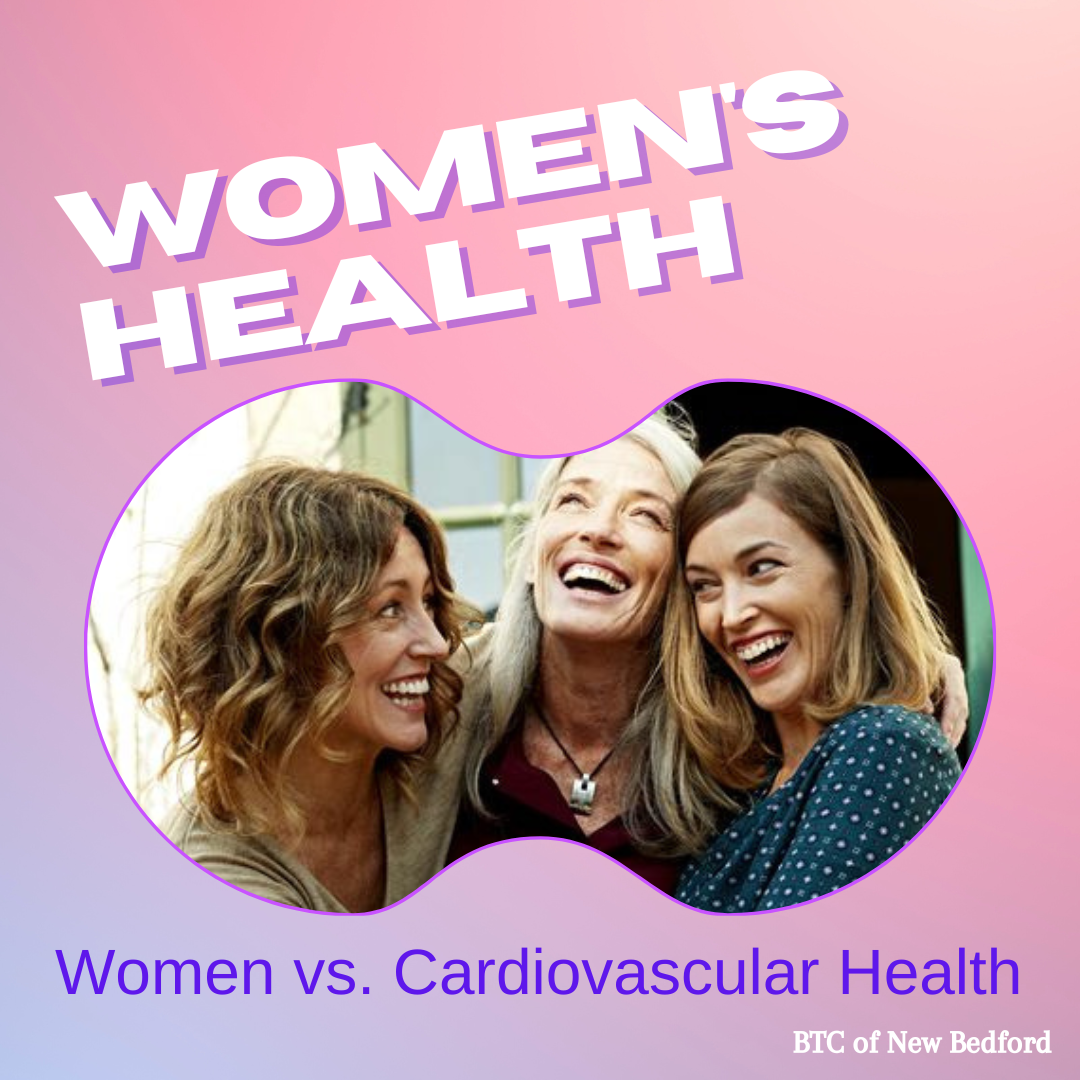Cardiovascular disease (CVD) includes conditions such as coronary artery disease, heart failure, valvular heart diseases, and more. CVD is often perceived as a predominantly male concern, but the reality is that it poses a significant threat to women as well. Over the years, there has been a growing awareness of the gender-specific risks associated with cardiovascular health. Let’s explore the distinct risk factors, symptoms, and prevention strategies that are crucial for understanding and addressing women’s cardiovascular well-being.
Some risk factors that increase CVD in women specifically are hormonal changes and pregnancy-related factors. The risk of CVD increases after menopause when estrogen levels decline. Estrogen is believed to have a protective effect on the cardiovascular system. Gestational diabetes and pre-eclampsia can increase a woman’s risk of developing CVD later in life. Also, like in men smoking, high blood pressure, high blood cholesterol, diabetes, and obesity are also known risk factors.
Women may experience different symptoms than men. While chest pain is a common symptom for both, women may also have atypical symptoms such as shortness of breath, nausea, vomiting, and back or jaw pain. CVD is often underdiagnosed in women, partly because symptoms may be less typical. This can lead to delays in seeking medical attention.
So how can we prevent this?
Healthy lifestyle choices such as a balanced diet, regular exercise, not smoking, and maintaining a healthy weight are crucial for preventing CVD in both men and women. Monitoring and managing blood pressure and cholesterol levels are essential for overall cardiovascular health.
Increased awareness of cardiovascular risks in women has led to more research and initiatives focused on understanding and addressing CVD in women. It’s crucial for women to be proactive about their heart health, especially as they age. Regular check-ups, monitoring of risk factors, and adopting a heart-healthy lifestyle are essential components of preventing cardiovascular disease in women.
Additionally, healthcare providers should be vigilant in recognizing and addressing cardiovascular risks in their female patients. There are multiple strategies and approaches a physician can take to improve their patients with the education they need in improving cardiovascular health. Conducting thorough risk assessments for each patient, considering factors such as family history, lifestyle, and comorbidities. Provide personalized information on their specific risk factors and how they can be managed.
Overall, comprehensive and ongoing education effort is essential to empower women with the knowledge and tools they need to prioritize and maintain their cardiovascular health throughout their lives. This education should start early and continue across different stages of life.
As cardiovascular health continues to evolve, it is imperative to recognize and address the unique challenges women face in preventing and managing heart disease. By understanding gender-specific risks, healthcare professionals and women themselves can work collaboratively to promote heart health and reduce the impact of cardiovascular disease on women’s lives. If you or your loved one has been diagnosed with CVD, click the link to see how BTC of New Bedford’s enrolling clinical trial can help you. https://btcnewbedford.com/clinicaltrials/#!/study/299

